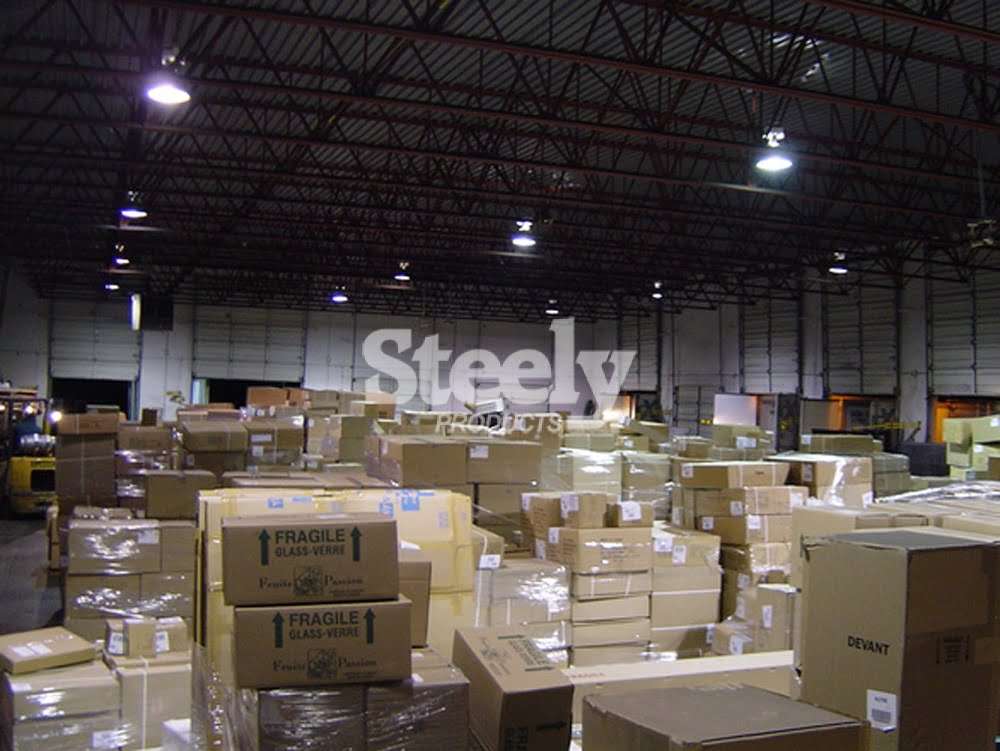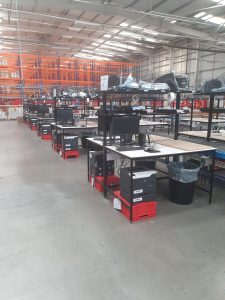Your basket is currently empty!

Is just-in-case inventory management a good idea in unstable economies?
09/06/2025 by Derek
In an unstable economy with high inflation and the threat of import tariffs, warehouses are adopting just-in-case inventory strategies. This approach stockpiles inventory in anticipation of price rises.
The just-in-case model is the opposite of the just-in-time model used in stable economies, where the minimum number of items is maintained to save on storage costs.
In the USA, retail giant Costco is buying additional inventory so that fewer price increases are passed on to customers. Technology titan Sony is stockpiling items in anticipation that the US government will raise tariffs on imported Japanese goods.
Holding higher-than-normal inventory creates a new challenge, in the form of the need to expand warehouse space. New warehouses can be built or acquired, but this is expensive. A better, less expensive solution is to redesign existing warehouses to create more space. A warehouse equipment supplier can help reorganise the warehouse by extending rack or shelving systems.
A way to increase warehouse capacity is to store items behind others. This makes items difficult to locate using barcode readers. RFID tags are the solution as they can easily locate items that are not visible to order pickers. Automated retrieval systems can bring items to picking stations manned by human workers. This removes time spent walking and increases order picking accuracy.
Carlos Fernandez of AutoStore says:
“The transition from just-in-time to just-in-case logistics is no longer a short-term fix – it’s a strategic imperative in today’s unpredictable trade landscape.”
Fernandez sees the just-in-case strategy as a way of building resilience against future disruptions in the supply chain.
You may also interested in:

Warehouse operators warned about energy compliance crisis
New energy regulations could render some warehouse space unusable by 2030 due to
The growing demand for warehouse conveyor belts
Research by Global Market Insights shows that the worldwide conveyor market was worth 5.7 billion US dollars in 2024 and is
